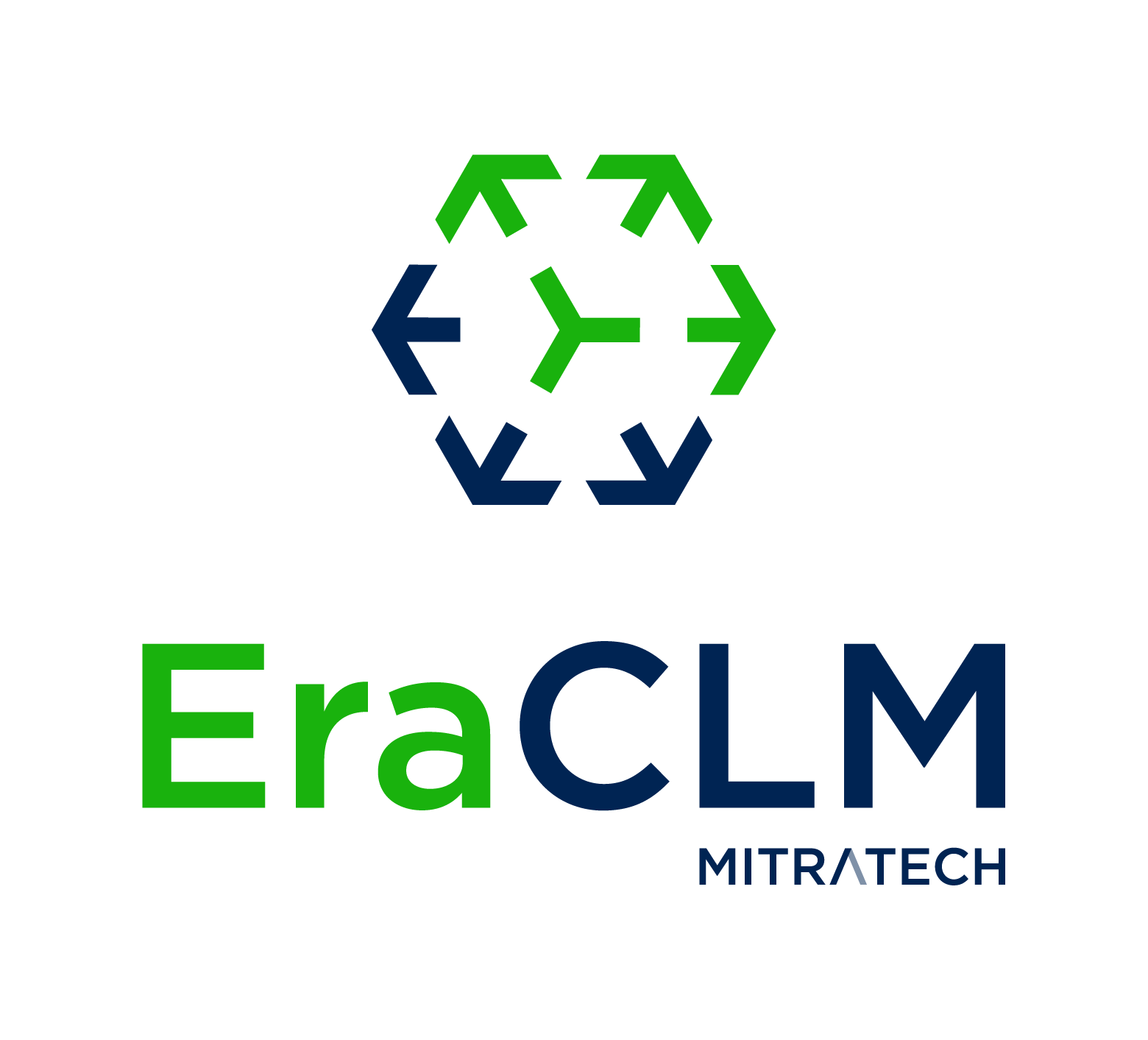Contract Lifecycle Management (CLM) is a straightforward term: As defined by Gartner, CLM solutions manage the life cycles of contracts and agreements affecting an organization.
These can include third-party or internal contract agreements, such as outsourcing, nondisclosure, intellectual property (IP), employment, and other licensing.
CLM streamlines and automates processes associated with the life cycle of these contracts, from initial request through negotiation, approval, execution, storage, compliance management, amendments, dispute management, reporting, archiving, and more.
Failure to properly manage your contracts can expose your company to risk and potential financial losses. An effective CLM solution will provide end-to-end management and actionable insights at every stage of the process, eliminating bottlenecks, minimizing risk, and decreasing the potential for errors. It helps simplify the process, serve your customers, and drive value for your organization.
Stages of Contract Lifecycle Management
The contract lifecycle consists of many tasks, from creation (which can vary from a simple, single-page agreement to a long list of specifications), to the negotiation process and the approval process. After the approval process, there is administering the contract, enforcing the agreed-upon terms, and reporting and management.
Most contract management workflows consist of five stages:

Creation
The legal department is usually responsible for contract creation, but it is a process that can take weeks. It’s crucial that this is drafted accurately, with no missed loopholes or clauses.
The potential for error is high, but a CLM software offering can reduce the amount of time spent in contract creation with automated document assembly tailored to each engagement. This streamlines the process, reducing time to revenue and associated expenses while minimizing financial, legal, and procurement risks. It also helps maintain the contract’s integrity as it passes through multiple parties.

Negotiation
The negotiation period may involve several rounds of revisions, some of which may require comparing previous versions of documents with current ones. Lengthy negotiations cause lengthy contract lifecycles, which reduces value per contract.
CLM software stores and manages all contracts in one place, allowing you clear and easy access to accurate records of previous edits and amendments. Advanced analytics, natural language processing (NLP) techniques, and data-driven insights can help your team get to an agreement faster.

Approval
At this stage, contracts can still fall apart – when physical documents are changing hands multiple times, it’s far more likely to encounter delays or even worse, changes or approvals made without an audit trail.
A good CLM solution configures workflows and automates parts of this approval process; stakeholders can be notified automatically when a document is ready for review, and records are kept of all approvals and changes.

Finalization
This is the stage where approved contracts are signed and become effective. E-signatures are common, and these contracts are then stored in a central, unified repository. The right CLM solution ensures quick, secure access to these files in the future.

Management
Now that the contract has been approved and executed, there are several facets to managing it:
- Terms and performance targets must be tracked and enforced
- Compliance towards regulatory policies and contractual terms must be monitored (risk caused by non-compliance can be a financial or trust breach and affect the relationship)
- Milestones such as renewals and amendments must be monitored (failure to renew contracts at the right time could cause losses)
- Data from the process needs to be collected and analyzed
Failure to do so successfully often results in lost revenue and increased risk.
CLM software allows you to control all aspects related to contract administration through a single platform. Progress can be tracked throughout the cycle, and dashboard and high-level reports allow easy access to performance results.
Centralization and visibility are key benefits of CLM – you can automatically notify stakeholders when milestones are reached, track the obligations on both sides of the contract to send reminders as necessary, and prepare for any collection activities.
Data integration enables a holistic view of the contract life cycle, helping you identify and assess any inefficiencies, adapt to changes faster, make beneficial corrections based on past data, and reduce administrative costs.
Comprehensive data analysis tools allow you to continuously refine the contract lifecycle management process and improve contract value.
The right CLM solution for your organization
A best-in-class CLM solution should leverage analytics to help accelerate business decisions, realize revenue faster, optimize savings, identify and reduce risk, and drive efficiency. Complex contract lifecycles should transform into profit-optimizing assets, and all of this should be at your fingertips from a single, centralized hub that allows you to monitor and manage all contracts from creation through review and approval.
Another must-have? The solution should be able to seamlessly integrate into your existing legal tech stacks and work with legacy platforms. Yet at the same time be a key part of the comprehensive, single-source stack you eventually evolve toward. One that’s designed around your specific needs – such as future flexibility, scalability, and resilience.
Mitratech offers just such a solution. So learn more about the benefits of EraCLM.
While the Gartner guide is a good starting point, the right CLM solution should match your specific needs and future.
[bctt tweet=”Failure to properly manage your contracts can expose your company to risk and financial losses. An effective CLM solution provides end-to-end management and actionable insights at every stage of the process” via=”no”]
Explore EraCLM
Usher in a new era of analytics-powered Contract Lifecycle Management at your organization.








